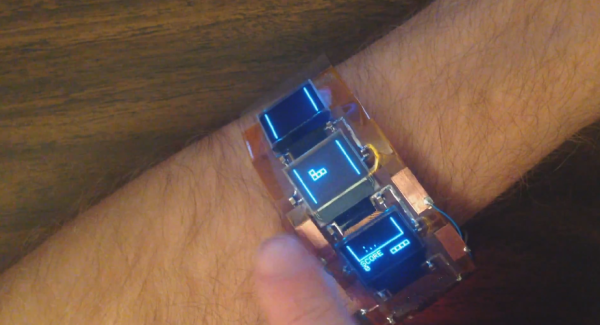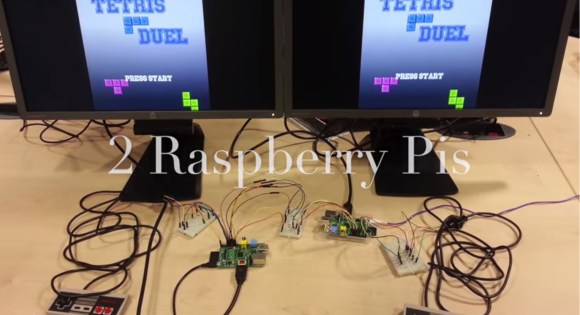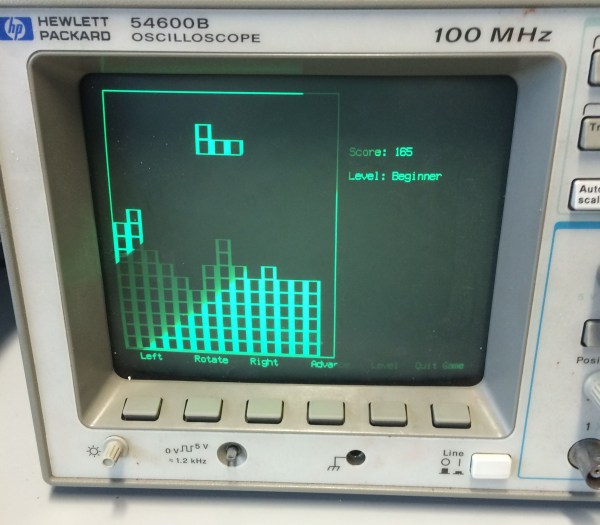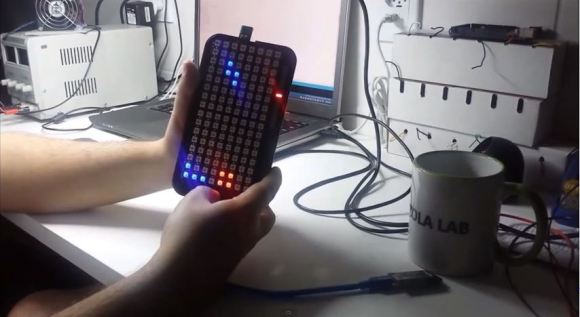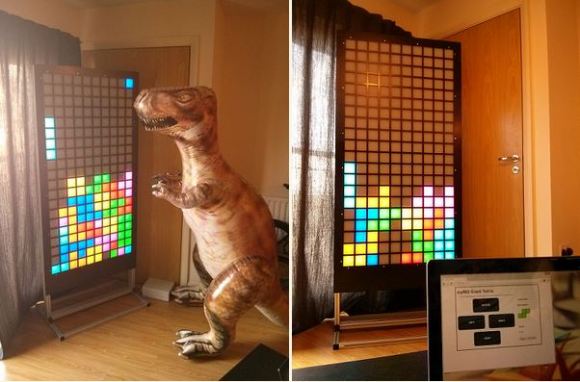If you’ve clocked one-too-many hours at Tetris, it might be time to show the world your skills on this skyscraper-sized display on the Shell Centre in London. [Benjamin], [Tom], and their “army of volunteers” took to the Shell building and assembled their super-screen from a collection of 182 networked wireless lightbulbs, some tracing paper, and mylar to create a playable interface from the Jubilee Gardens below.
[Benjamin] doesn’t deliver many of the technical details on his post, but he does give us an overview. He achieves full wireless coverage of all floors by spacing out 14 TP-Link WR702n routers, each running the same version of OpenWRT. This interface wasn’t [Benjamin’s] first choice, as he would’ve preferred to tap into the building’s existing wireless network; unfortunately, he was left without support from the building’s network team. Equipped with a large donation of wireless bulbs controlled by a central bridge, [Benjamin’s] Python-adaptation of Tetris can refresh the building about about 1-to-2 frames per second. Given his description of the bulb interface, we suspect he’s using the all-too-familiar Philips Hue smart lightbulbs to illuminate the building.
In case you haven’t heard of Faraday’s Christmas Lectures, they’re the UK’s nationally broadcasted “science special” featured at the end of the year and founded in 1825 by [Michael Faraday] himself. The goal of these Lectures is to introduce young people to some aspect from the sciences. We’ve seen giant Tetrises before, but not in a way that inspires such a young audience. We’re thrilled to see that hacking both in software (Python, LAN networks) and hardware (ZigBee, OpenWRT) made the cut for this year’s special. After all, why should MIT keep all the fun to themselves?
If the building-scale is just too big for your taste, why not have a go on your oscilloscope?
Continue reading “Skyscraper Tetris Lets The City Know How Good Or Bad You Are”


